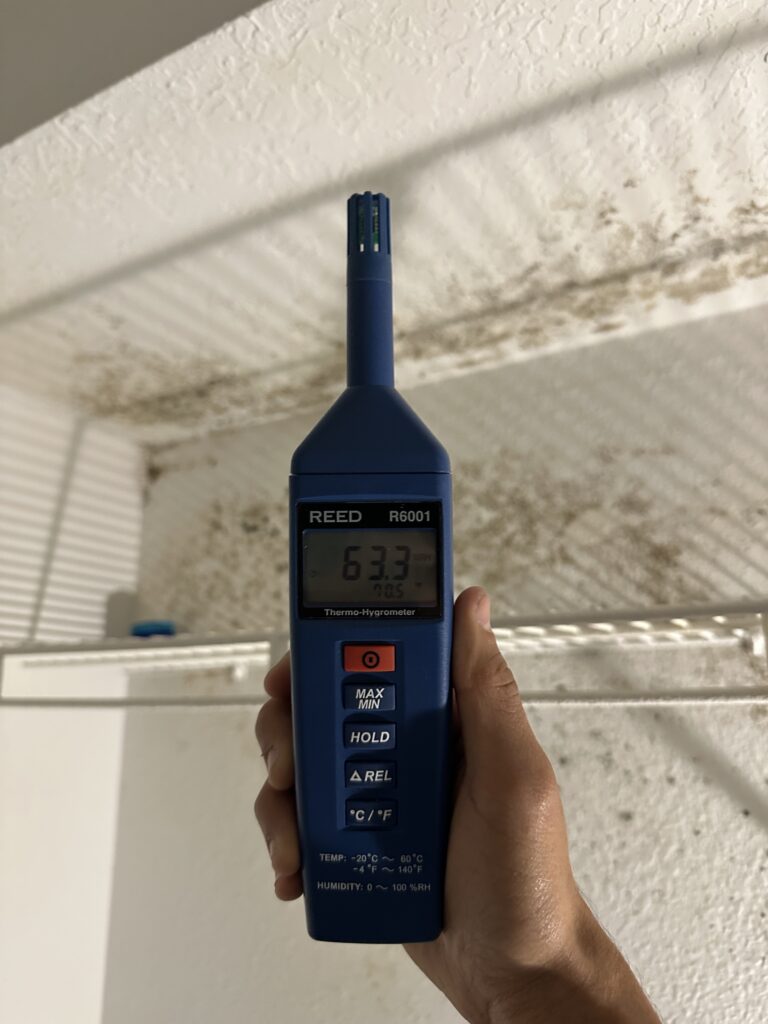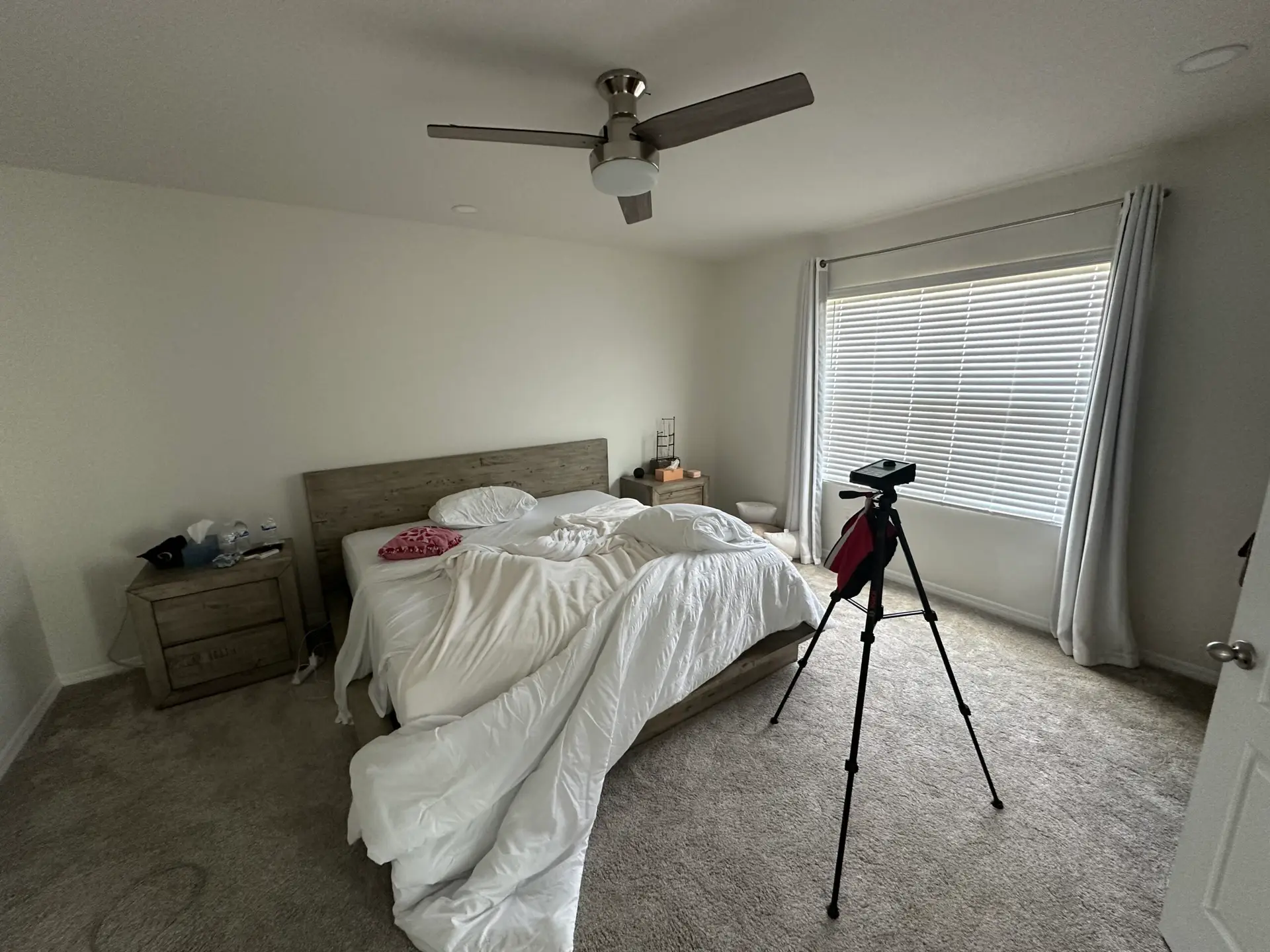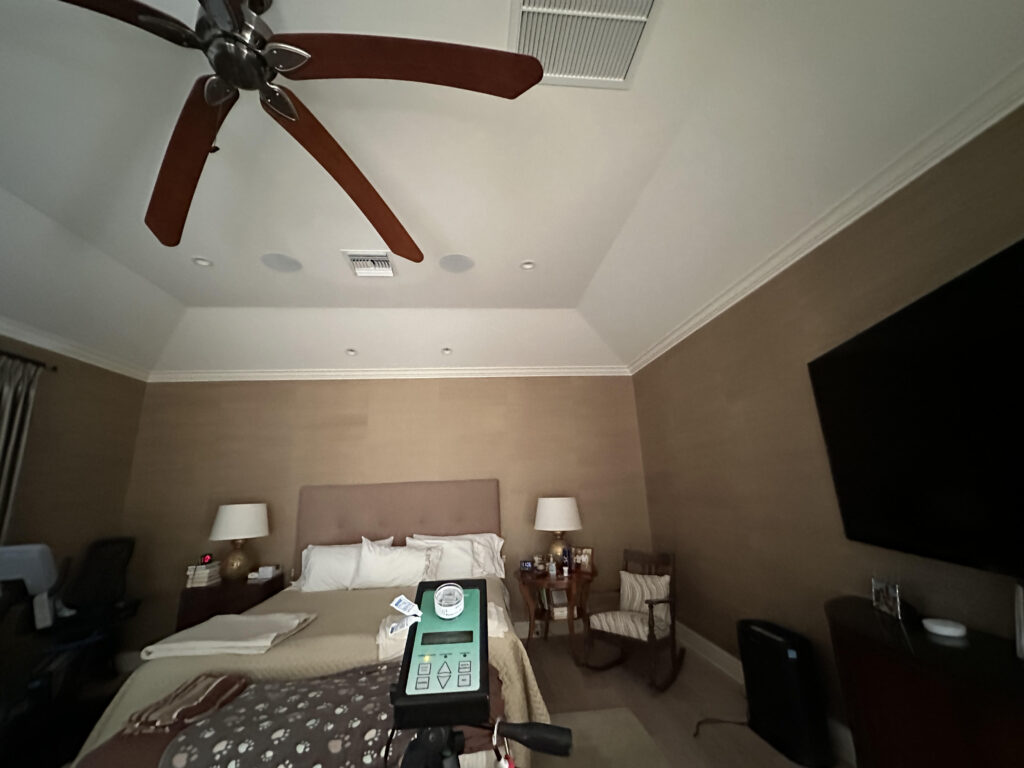That lingering musty smell in your home isn’t just annoying—it’s unsettling. You might catch it after a storm, when the AC kicks on, or when walking past a closet or wall. It’s not always overpowering, but it’s persistent. And it usually makes you wonder: Is there mold somewhere? Is something wet?
The natural assumption is water damage—but in many South Florida homes, the real culprit is less obvious.
It’s Not Always a Leak
Musty odors are often the result of microbial activity, such as mold, mildew, or bacteria. These organisms release MVOCs (microbial volatile organic compounds), which create the earthy, damp smell we associate with old basements or forgotten towels.
But here’s what most people don’t realize: microbial growth doesn’t require a leak. It only needs three things:
-
Sustained relative humidity above 60%
-
Porous materials like drywall or insulation
-
Lack of airflow, often behind walls or in closed spaces
Once those conditions are met, the smell starts—even if your drywall looks perfectly clean.
Common Sources of Musty Odors Behind Walls
Through years of indoor air quality inspections across Florida, we’ve seen patterns emerge. These are the most common triggers for that mysterious musty smell:
-
Trapped humidity inside wall cavities, especially behind foam insulation or unventilated closets.
-
Leaky return ducts that pull in moist air from attics or crawlspaces, redistributing it around the home.
-
Improper HVAC drainage, like clogged condensate lines or poorly pitched drain pans.
-
Sealed attics without dehumidifiers, common in homes insulated with closed-cell spray foam.
These issues may never cause a flood or a visible stain—but they create a perfect environment for mold to grow in silence.

Why This Smell Shouldn’t Be Ignored
Musty odors are more than just cosmetic. They’re often the first—and sometimes only—warning sign of a hidden air quality problem. Left unaddressed, the result can include:
-
Ongoing microbial growth that spreads through your home
-
Decreased air quality triggering asthma or allergies
-
Structural damage to studs, insulation, or subfloor
-
Odor absorption into furniture, clothing, and HVAC systems
And if you ever plan to sell or rent your home, lingering odors are a red flag to inspectors and potential buyers alike.
What NOT to Do
Masking the smell with candles or diffusers only layers chemicals on top of the problem. You may feel temporary relief, but you’re doing nothing to address the actual cause. Similarly, jumping into drywall removal without a clear diagnosis may lead to unnecessary damage and expense.
What TO Do First
If the smell is persistent and unexplained, here’s what makes the most sense:
-
Schedule an indoor air quality inspection. This helps determine whether elevated humidity, duct issues, or actual microbial growth is present.
-
Have your HVAC system assessed. Leaks or design flaws are often at the core of hidden moisture problems.
-
Check attic and closet ventilation. Many musty odors originate in spaces without airflow, like foam-insulated attics or closets with no vents.
-
Avoid DIY demolition. Without proper containment, tearing into suspected areas can make things worse by releasing spores into the air.
When We Inspect a Home, Here’s What We Look For
At GreenFox Air Quality, we go beyond just checking for mold. We evaluate the entire home as an indoor environment. During a musty odor investigation, we look for:
-
Relative humidity mapping inside walls, closets, and attics
-
Duct leakage or contamination from return and supply systems
-
Mold presence on AC coils, insulation, or framing
-
Signs of moisture entrapment from insulation or lack of ventilation
Once we understand the root cause, we can build a plan—whether that means remediation, HVAC adjustments, or installing attic dehumidification.
Bottom Line: Don’t Ignore What You Smell
If your walls smell musty but everything looks “fine,” don’t wait for visible mold to appear. In South Florida homes, the smell often comes long before you see any damage.
And your nose is usually right.
Let our team assess the issue, identify the source, and help you protect both your air and your structure—before a minor issue turns into a major problem.


